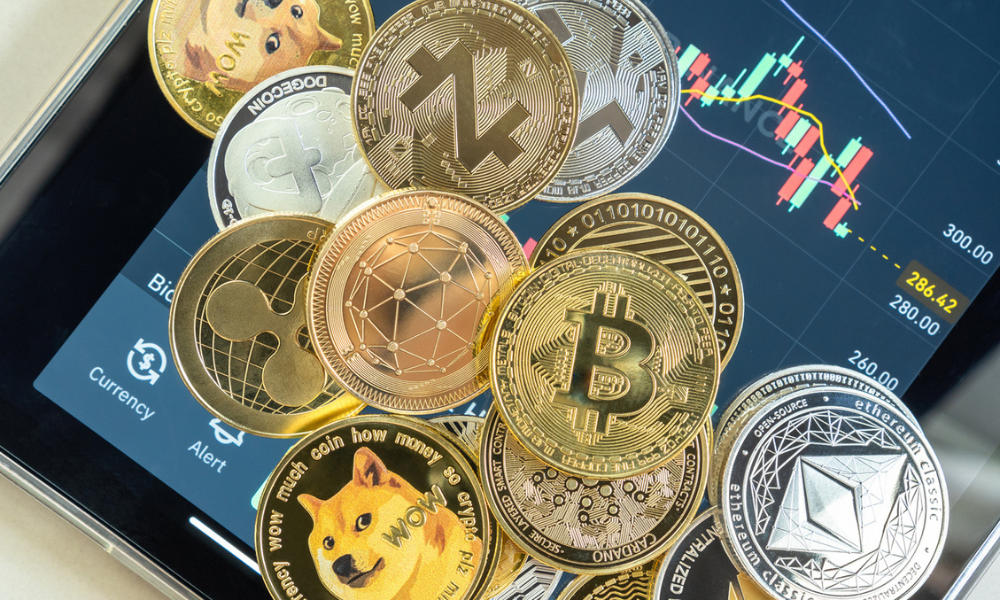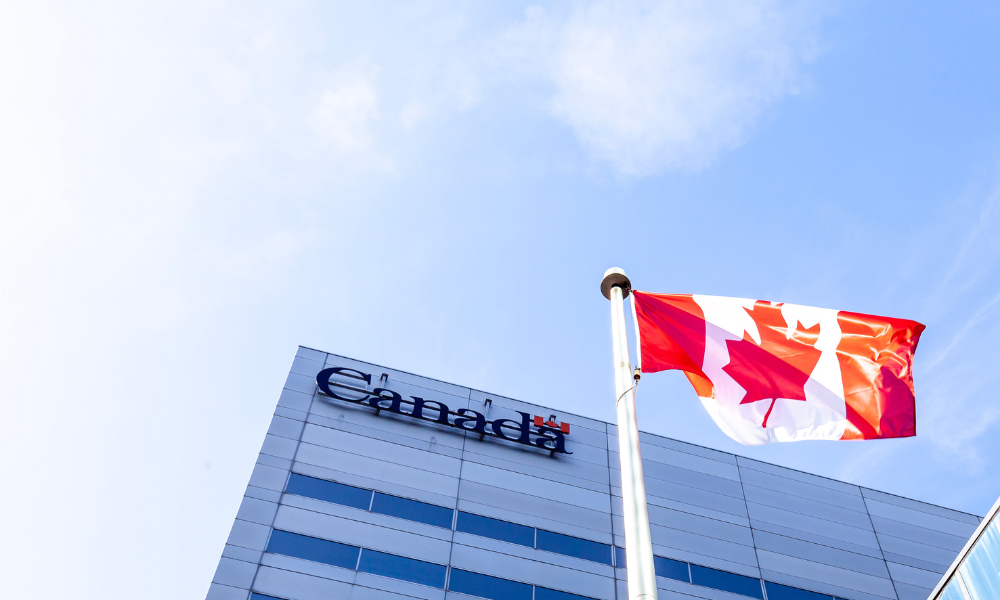Learn about what makes the asset so volatile

A lot of investors were drawn to cryptocurrency during the pandemic, but now this alternative asset class has lost more than $2.3 trillion since last November. It may not have bottomed out yet, but is still risky – so investors should only include a very small percentage in their portfolios, and only if they can afford to park their money there for quite awhile.
While it’s not unusual for Bitcoin, one of the most popular cryptocurrencies, to increase or decrease in value by 5% to 10% on any given day, and smaller currencies to have even larger swings, we’re going through an exceptionally volatile time.
So, what makes cryptocurrency volatile?
Cryptocurrencies usually aren’t backed by a central agency, such as the Bank of Canada backs the Canadian currency. Government backing can improve consumers’ faith in a currency’s value, but many of the world’s 13,000 cryptocurrencies don’t have any such backing, so have to get their value from other sources. Here are eight factors that influence their value.
- Supply and demand: Cryptocurrency’s value is determined by supply and demand. When demand increases faster than supply, the price increases. Bitcoin, for instance, has a fixed supply of 21 million Bitcoins. Others, like Ethereum, have no supply cap. Some governing teams dictate their entire cryptocurrency’s suppl, soy they can decide to release more tokens to the public or burn them to manage the money supply. Some cryptocurrencies have ways to “burn” – or send to an unrecoverable address on the blockchain – existing tokens to prevent the circulating supply from growing too large. Demand can also increase as a currency gains awareness or its utility increases, especially if it becomes an investment.
- Production cost: New cryptocurrency tokens are produced through a “mining” process. The miners have to use a computer to verify the next block on the blockchain. The more competition there is to mine a certain cryptocurrency, the more difficult it is to mine because miners race to solve a complex math problem in order to verify a block. So, the cost to mine increases as the team needs more powerful equipment – such as computers – to mine successfully. As mining costs increase, the cryptocurrency also increases in value. Miners won’t mine if the value of the currency they’re mining isn’t enough to offset their costs. So, as long as there’s demand to use blockchain, the price will have to increase.
- Cryptocurrency exchanges: Almost any cryptocurrency exchange will list the most popular tokens, and mainstream cryptocurrencies, such as Bitcoin and Ethereum, trade on multiple exchanges. Some smaller tokens may only be available on a few exchanges, which limits investor access. If some wallet providers aggregate quotes to swap a set of cryptocurrencies across several exchanges, they’ll take a fee to do it, which increases the investing cost. If a cryptocurrency is also thinly traded on a small exchange, the amount that the exchange takes may be too much for some investors. If a cryptocurrency is listed on several exchanges, it can increase the number of investors willing to buy it, thus also increasing the demand. As demand increases, the price also goes up.
- Competition: There are at least 13,000 different kinds of cryptocurrencies, with more constantly being launched. While it’s easy for them to launch, it’s hard to make them viable since they need to build a network of users for that cryptocurrency. If there’s a useful application for the currency on the blockchain, then it can quickly build a network, especially if it improves a competitor’s limitation. If a new competitor gains momentum, it reduces an existing competitor’s value, driving down its value while increasing the new currency’s value.
- Internal governance: Cryptocurrency networks rarely abide by a static set of rules. Their developers base them on the community they serve. Some allow their holders to have a say in how a token is mined or used. There needs to be consensus among stakeholders to make any changes to a token’s governance. Investors usually like stable governance, which also provides more stable pricing. On the other hand, the slow process to update software to improve protocols can limit crypto’s values. If an update would unlock value for cryptocurrency holders, but takes a long time to execute, it hurts the current stakeholders. Some cryptocurrencies have ways to “burn” – or send it to an unrecoverable address on the blockchain - existing tokens to prevent the circulating supply from growing too large.
- Regulations: Regulations govern how cryptocurrency trades, but governments still don’t have the best practices for regulating cryptocurrency yet, which makes it a particularly risky and volatile investment. Products such as exchange-traded funds (ETFs) or future contracts could provide more access for investors, so increase its value. Regulation can also allow investors to bet against the price of cryptocurrencies with future contracts or options, which can reduce the volatility of crypto pricing. Regulations can also negatively impact cryptocurrency demand. If a governing body changes the rules so a cryptocurrency investment falls out of favour or use, it can also cause the cryptocurrency’s price to drop.
- Node Count: Node counts show how many active wallets exist in the same network so you can find out the community’s strength. A high count means a stronger community and increases the chances for that currency to weather a potential crisis. You can check the currency’s home page or Google search to learn the count. If you compare it and its total market capitalization with a popular currency, you can see how node count influences price.
- Social media: Social media hype, or influential people on it, can raise or lower a cryptocurrency’s price. While cryptocurrency exchanges can provide information on blockchain or a currency, it’s also important to check details that may come from other sources as they don’t even need to be correct to impact the currency’s volatility.



